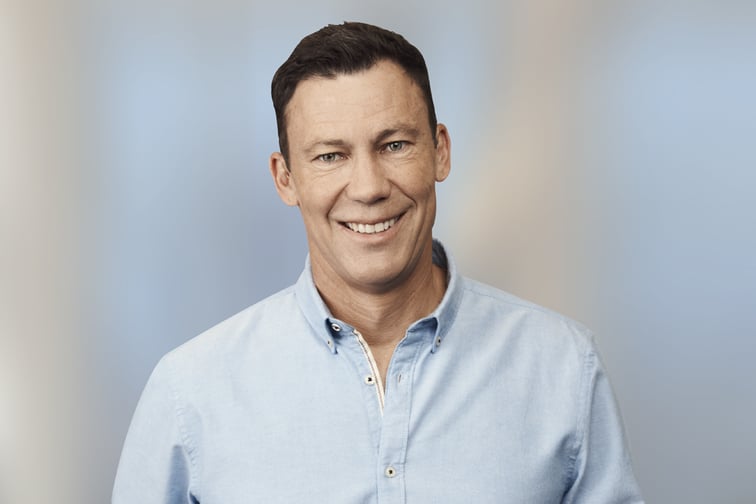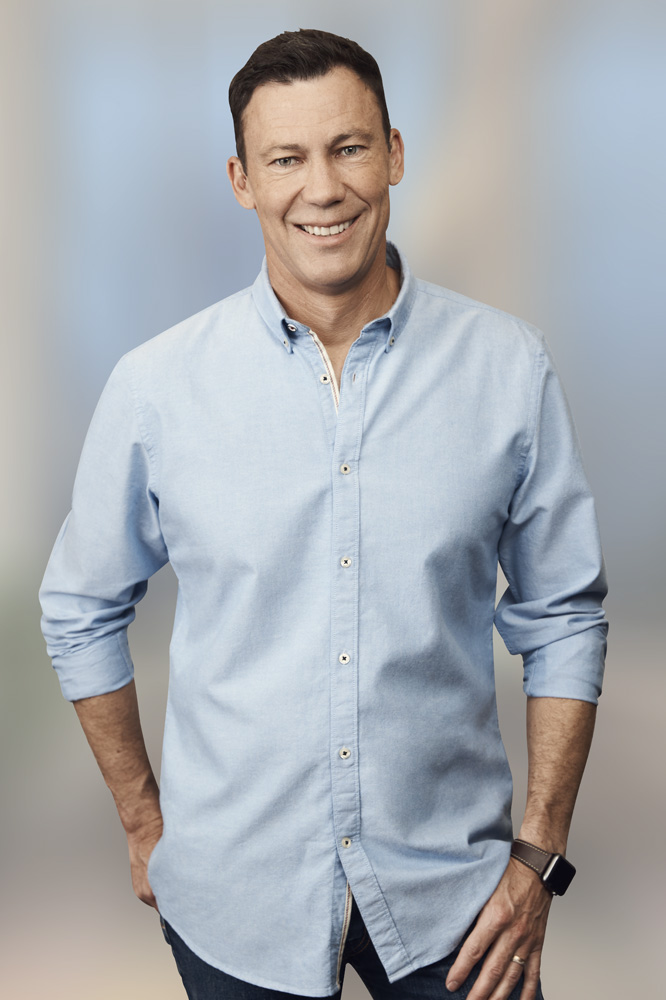

By
Australia's newest smartbank, 86 400, was built from the most modern technology with online customers and digital loans in mind.
“As an industry, we should really be using technology to help people take control of their money every second of every day,” explains the bank’s CEO, Robert Bell.
Having previously worked at Cuscal – an Australian IT service management company and the smartbank’s only funder to date – Bell has been with 86 400 since the beginning.
Launched just last year, the bank – whose name derives from the number of seconds in a day – is still in its early stages but has already gained a lot of attention from brokers and consumers.
“We want to be more than just a new bank; we aspire to be a ‘smart’ bank. Our purpose is to help Australians take control of their money,” Bell explains.
Indeed, everything the bank has built – from its app to its transaction and savings accounts and more – has been designed with that aspiration in mind.

A new era of banking
The bank has watched what’s been happening at the digital banks across the UK and Europe for inspiration, but to some extent the Australian market is already more advanced, Bell explains.
“When we launched we were actually more holistic than anything else we’ve seen in other markets.”
But at the same time, he says large incumbent banks still hold the majority of the market share.
“Our definition of a smartbank is giving people features and benefits that you wouldn’t expect but need. Being new is not enough. You’ve got to be different; you’ve got to be smart,” he says.
“The sorts of things we’re doing now,like taking snapshots of financialstatements, that is being open-bankingready two years before open bankingbecomes helpful” Robert Bell, CEO, 86 400
But there’s more to 86 400 than just innovative use of modern technology. As the first bank to offer digital home loans through brokers, it highlights the need to still form very real relationships with clients.
Bell says, “The first question people ask is, why are you going through brokers for mortgages?”
He explains that, despite all the technology and innovation that 86 400 has become known for, mortgage brokers still look at some 60% of all home loans that come through the marketplace.
He says, “People still love brokers. So what we wanted to ask was: how do we solve all the pain points for a mortgage broker, to make it easier for them to spend time with their customers and then spend less time on all the paperwork that they would have to do with traditional lenders?
“That’s the key difference for us, with brokers.”
Verifying income through smart statements
Typically, brokers have to get income statements and rental statements from banks, but 86 400 uses “smart statements processes”. This entails digitally taking 12 months of the client’s data, or a “scrape of all their transactions”, which is then played back to them.
Bell explains, “The broker and the customer, therefore, see the entire financial snapshot of their finances that they haven’t seen before.
“What could be a week-long process becomes a half-hour process. Our credit assessment process is very automated and very fast. What we then do is give the broker a ‘yes’ or ‘no’ decision on that credit significantly faster than what a traditional bank can do.”
He continues, “When they’ve been approved, all documents that need to be signed can be done online. The final piece that we’ve done is a digital ID integrated process. It makes things much easier and simpler for the customer and the broker.”
 Collaborating with aggregators and technology partners
Collaborating with aggregators and technology partners
To make these processes work, Bell says 86 400 has collaborated with multiple technology partners and vendors, but getting them all together to work on it has taken some time.
“Although we’ve got a very efficient digital process, getting brokers to adopt the new process, and getting people used to working in a different way, is our biggest challenge,” he says.
“It’ll take a little while to get going. We’ve seen lots of products and processes being digitised, and it just makes sense.
“And the idea of the broker or a bank collecting physical statements, income statements and tax returns and then manually going through them – that will completely disappear over time.”
To date, 86 400 has also partnered with two mortgage aggregators: AFG and Vow Financial, which together represent about 2,500 brokers.
Bell says, “We’re working through accrediting brokers at the moment; we’ve got over 500 accredited already. Brokers have a really important job in helping customers understand what they need, their options, etc.
“We’re just getting started, but we’re in a good position to ramp up growth.”
Major banks still own majority of market share
Bell estimates that the major banks own around 80% of the market share in retail banking. He says, “It’s a large market and we’re realistic, but even with just 1% market share we could be very successful.”
He adds that Australia doesn’t need more banks per se; rather “it needs banks that are different”.
And unfortunately, traditional banks are generally thought of as slow and sluggish.
“A bank that helps Australians truly take control of their money can deliver features people haven’t even thought of before, and that really excites me,” Bell says.
Additionally, he points out that the new requirements surrounding responsible lending will only be met by advanced digital processes, not by doing things manually.
“We’re only going to see an increase in technology and efficiency over the next one or two years, with the market looking very different over the next decade.”
One of the few banks testing open data
86 400 is one of the very few groups of people who are testing out open banking at present.
“Although we think that open banking will change the ability to take more data on, to help make decisions, etc., it won’t be quick to roll out. The sorts of things that we’re doing now, like taking snapshots of financial statements, that is being open-banking ready two years before open banking becomes helpful,” Bell says.
“We want to keep doing things differently, keep innovating, keep bringing new products and testing new products. We’re really supportive of brokers, and our immediate aim is to give brokers a fantastic experience and get in front of as many brokers as possible so they can see that there truly is a different way of doing things.”
